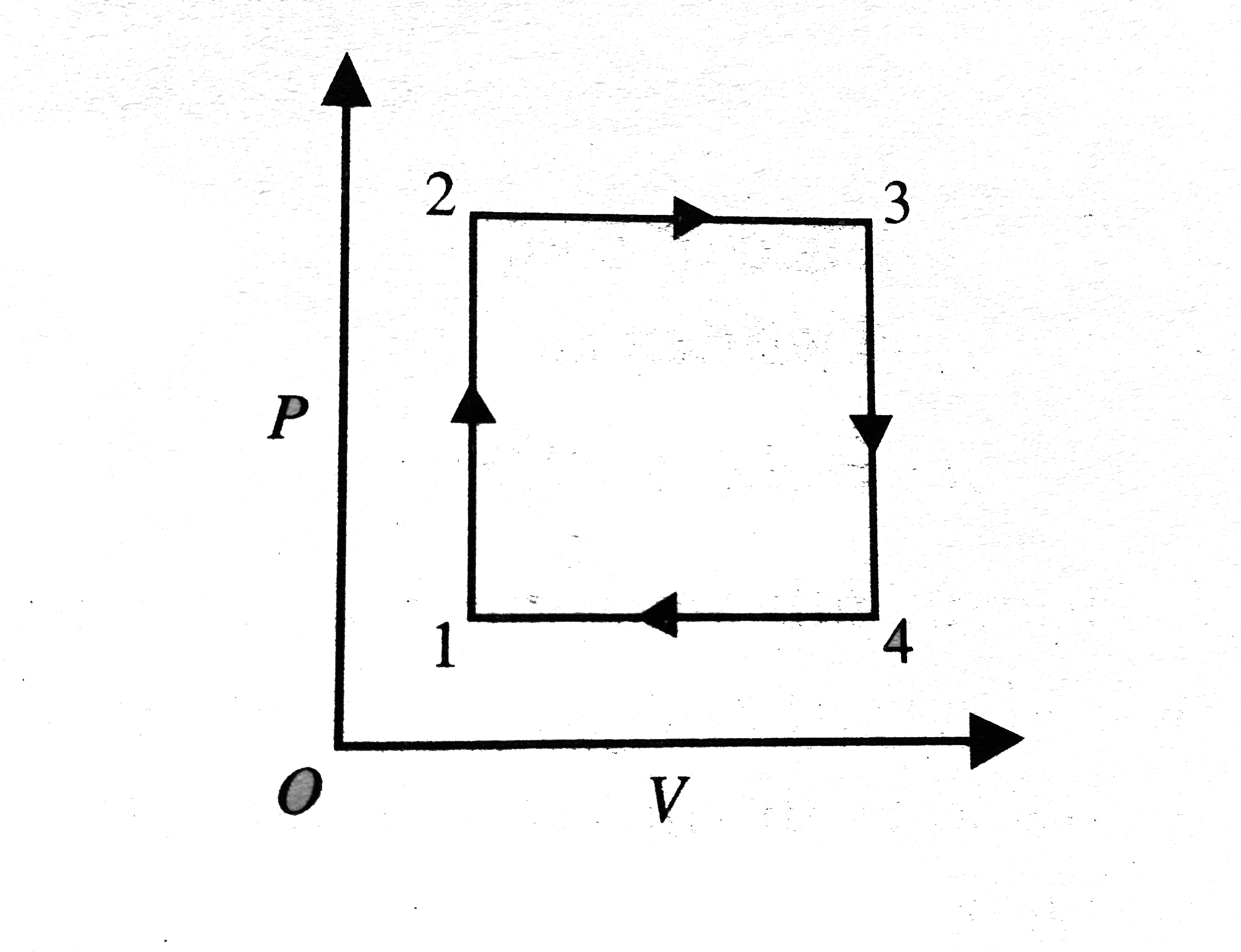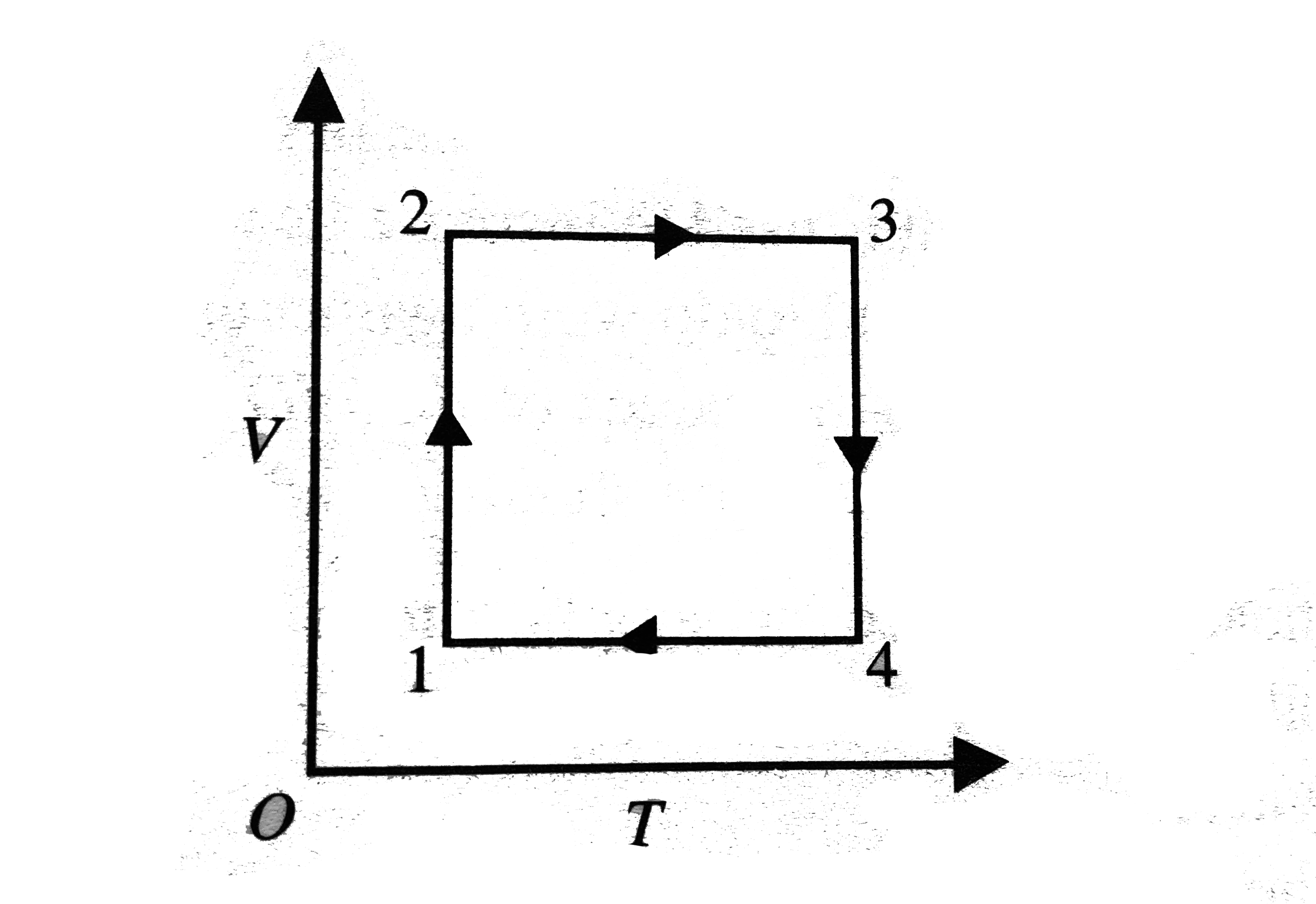Complete Solutions to Exercise 2.1 of chapter KINETIC THEORY OF GASES AND FIRST LAW OF THERMODYNAMICS of Class 11 book with complete answers and questions
| Class 11 | PHYSICS |
| Chapter | KINETIC THEORY OF GASES AND FIRST LAW OF THERMODYNAMICS |
| CENGAGE PHYSICS | Exercise 2.1 |
| Number Of Questions | 20 |
| Academic Year | 2023-24 |
The average kinetic energy per molecule of all monatomic gases is the same at the same temperature. Is this ture or false ?
View SolutionWhat happens to the random motion when an ideal gas undergoes free expansion (i.e., expansion into a vacuum) ?
View SolutionThe highest vacuum attained so far is of the order of `10^(-11)` mm of mercury. How many molecules are there in 1 cc of a vessel under such a high vacuum at `0^(@)C` ?
View SolutionA thermally insulated vessel with gaseous nitrogen at a temperature of `27^(@)C` moves with velocity `100 m//s^(-1)`. How much (in percentage) and in what way will the gas pressrue change if the vessel is brought to rest suddenly ?
View SolutionFind the molar mass and the number of degrees of freedom of molecules in a gas if its heat capacities are `C_(v) = 650 J kg^(-1) K^(-1)` and `C_(P) = 910 J kg^(-1) K^(-1)`
View SolutionAt `127^(@)C` and `1.00 xx 10^(-2)` atm pressure, the density of a gas is `1.24 xx 10^(-2) kg m^(-3)`.
a. Find `v_(rms)` for the gas molecules.
b. Find the molecular weight of the gas and identify it.
View SolutionThe mass of a gas molecule can be computed form the specific heat at constant volume. Take `C_(V) = 0.075 kcal kg^(-1) k^(-1)` for argon and calculate
a. the mass of an argon atom
b. the atomic weight of argon.
View SolutionIn a certain `(2/5) th` of the energy of molecules is associated with the ratation of molecules and the rest of it is associated with the motion of the centre of mass.
(a) What is the average translational energy of one such molecule when the temperature id `27^@ C` ?
(b) How much energy must be supplied to one mole of thsi gas constant volume to raise the temperature by `1^@ C` ?
View SolutionIf the water molecules in 1 g of water were distributed uniformaly over the surface of the earth, how many molecules would there be in `1 m^(2)` of the earth's surface (radius of the earth = 64 km)?
View SolutionHow many degress of freedom have the gas molecules, if under standard conditions the gas density is `rho = 1.3 kg//m^3` and velocity of sound propagation o it is `v = 330m//s` ?
View SolutionThe temperature of a gas consisting of rigid diatomic moleculoes is T = 300 K. Calculate the angular root-mean square velocity of a rotating molecules if its moment of inertia is ` I = 2.0 xx 10^(-40) kg m^(2)`.
View SolutionThe molar specific heat capacity of all monatomic gases is the same. Is this ture of false ? (Assumed ideal nature.)
View SolutionOne mole of a mono-atomic ideal gas is mixed with one mole of a diatomic ideal gas. The molar specific heat of the mixture at constant volume is ……
View SolutionA gas has been subjected to isochoric-isobaric processes 1-2-3-4-1 see Fig. Plot this process on T - V and P - T diagrams.

View SolutionA gas has been subjected to an isothermal-isochromic cycle 1-2-3-4-1 see Fig. Represent the same cycle on P - V and P - T diagrams.

View SolutionCalculate `gamma` of a gaseous mixture consisting of 3 moles of nitrogen and 2 moles of carbon dioxide.
View SolutionA closed container of volume `0.02m^3`contains a mixture of neon and argon gases, at a temperature of `27^@C` and pressure of `1xx10^5Nm^-2`. The total mass of the mixture is 28g. If the molar masses of neon and argon are `20 and 40gmol^-1` respectively, find the masses of the individual gasses in the container assuming them to be ideal (Universal gas constant `R=8.314J//mol-K`).
View SolutionEqual masses of air are sealed in two vessels, one of volume `V_(0)` and the other of volume `2V_(0)`. If the first vessel is maintained at a temperature `300K` and the other at `600K`, find the ratio of the pressures in the two vessels.
View SolutionA glass container encloses a gas a pressure of `8 xx 10^(5)` pa and 300 K temperature. The container walls can bear a maximum pressure of `10^(6)` Pa. If the temperature of container is gradually increased, find the temperature at which the container will break.
View SolutionCalculate the number of molecules in 1 cc of an ideal gas at `27^(@)C` a pressure of 10 mm of mercury. Mean kinetic energy of molecule at `27^(@)C` is `4 xx 10^(-14)` erg, the density of mercury is 13.6 `g//cc`.
View Solution
Exercise 2.1 questions and complete solutions for chapter KINETIC THEORY OF GASES AND FIRST LAW OF THERMODYNAMICS of CENGAGE PHYSICS (HINGLISH) of Class 11